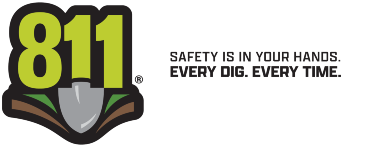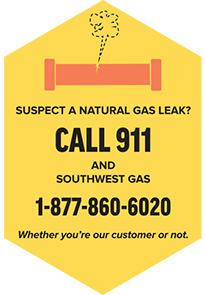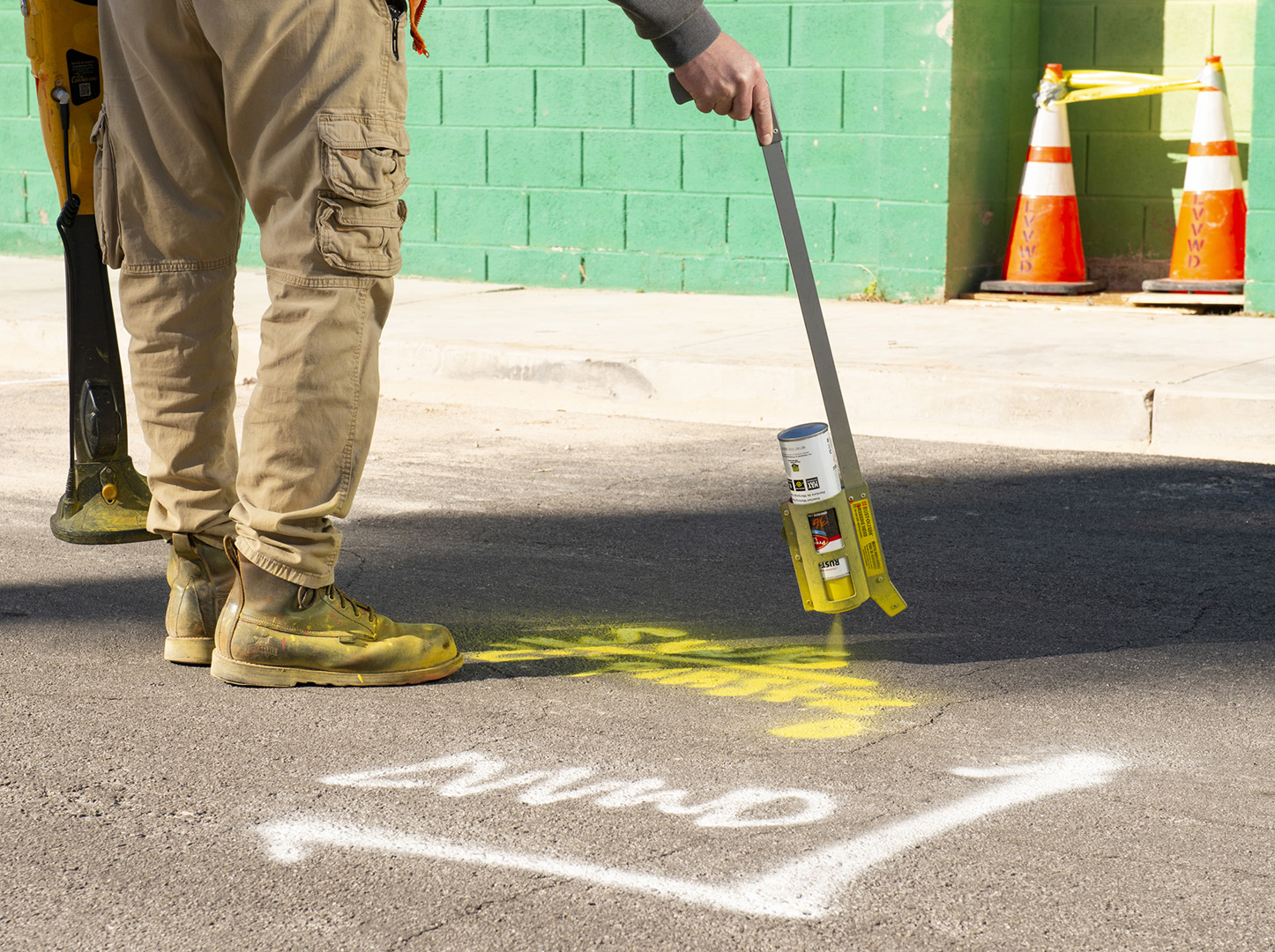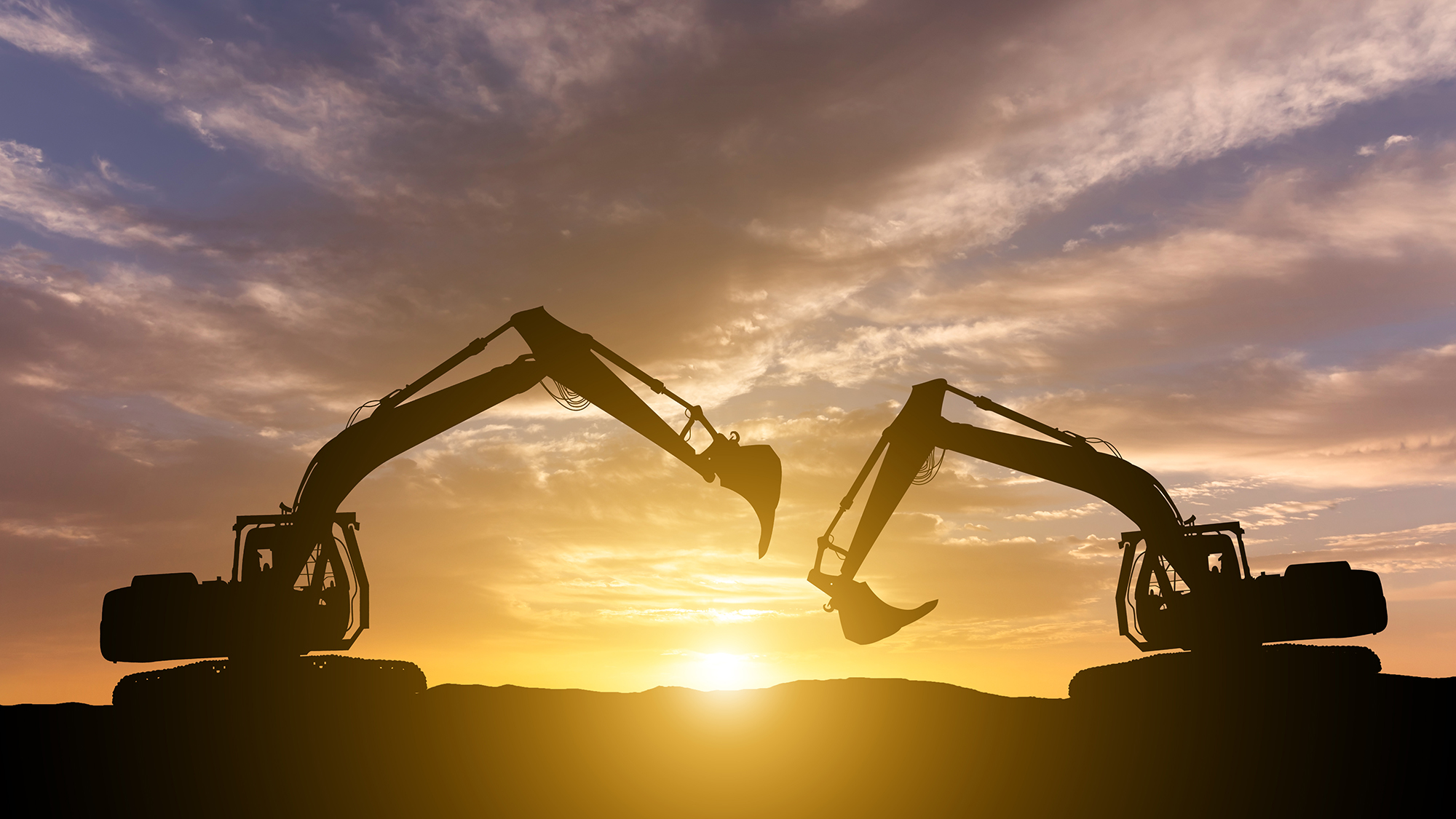A smart dig is a safe one.
You can prevent accidents involving gas pipelines. Ensuring public safety, the integrity of utility service, and environmental protection is a shared responsibility. As an excavator or contractor conducting digging activities as part of everyday business, it’s even more important to know how to avoid undesired consequences such as damaging buried utilities. By following best practices while excavating, you can help ensure the safety of those who work or live near underground utilities and prevent unintended damages and injuries.
Damage Prevention Workshops
We offer free pipeline safety and damage prevention workshops for excavators and contractors. Call 800-654-2765 for more information.

|
Define The Dig
Where's your proposed excavation? White line the proposed site to define where you’re digging.
|

|
Call 811
Call before you dig. It’s free. It’s easy. It’s the law.
|

|
Wait for the ok
Don’t begin the dig until you get the ‘all clear.’
|

|
Respect the Marks
Don't destroy the marks...they're there for your safety.
|

|
Be Careful
Excavate with care, and prevent pipeline damage.
|
Call 811.
State law requires that excavators, including landscapers, call a one-call center at least two working days before starting any digging project so that underground utilities can be marked. Calling 811 is the first step. They’ll take your proposed excavation information and transmit it to Southwest Gas and other underground facility owners. We’ll respond and mark each gas pipeline with yellow paint, yellow whiskers, yellow flags, or yellow stakes, and label the yellow marking with “SWG,” so you’ll know which markings are for our facilities.
A quick phone call can prevent unnecessary damage to underground pipelines and avoid significant penalties or repair bills for the person digging into our pipeline.

How to Recognize a Natural Gas Leak
- SMELL a distinct sulfur-like odor, similar to rotten eggs, even if it’s faint or momentary.
- HEAR an unusual hissing or roaring coming from the ground or above-ground pipeline.
- SEE dirt or water blowing into the air, discolored plants or grass surrounding a pipeline, or standing water continuously bubbling.
What to Do If You Suspect a Natural Gas Leak
-
Exit the area or building immediately. Tell others to evacuate and leave doors open.
- Move to a safe location and call 911 and Southwest Gas at 877-860-6020 day or night. Remain at this location until fire department and Southwest Gas emergency crews arrive.
- Secure the area and keep all coworkers, bystanders, and traffic from entering.
- Don't enter the area where natural gas is escaping.
- Don't smoke or use lighters or matches.
- Eliminate nearby sources of ignition, such as sparks or flames.
- Don't move equipment, or turn it on or off, near the leak.
- Don't repair any damage or control the flow of natural gas.
- Don't extinguish a fire should ignition of escaping natural gas occur.

Digging with Care Near Marked Utility Lines
Safe Digging Guidelines
In this video you'll learn:
- Why safe digging practices are essential for preventing damage to underground utility lines.
- Tips on planning your digging project, contacting 811 before you dig, and following safety procedures.
- How to avoid costly repairs and fines while keeping your community safe.
To avoid damaging a utility line, consider moving your project to a location without utility marks.
If your project cannot be moved, follow these tips to prevent damage when digging:
- Carefully hand dig within two feet (the tolerance zone) of the locate marks.
- Always use a rounded or blunt-edge shovel. Sharp tools like pickaxes, mattocks, pry bars, or pointed spades may gouge or puncture lines.
- Begin by digging two feet off to the side and perpendicular to the locate marks.
- Use a gentle, prying motion to break away soil as you approach the utility laterally.
- Pay attention to changes in the digging conditions such as digging gets softer, you notice sand, or even trash, as this may indicate you are close to the facility.
- Determine the exact location and depth of the utility line, not just the tracer wire or warning tape.
- Never assume depth of the utility line or rely on past locate marks when digging.

Paint, Flags, and Whiskers – What do they mean?
- Utility companies mark the location and path of their buried utility lines (think water, electricity, natural gas, sewer) using paint, flags, and whiskers along with their company name after someone contacts 811 to request a locate ticket before digging.
- Paint, flags, and whiskers (locate marks) show the approximate location of buried utility lines but may not be exact.
- Utility lines may be located within two feet (the tolerance zone) of either side of the locate marks and do not show the depth of the utility line.
- Each utility company listed on the locate ticket will individually mark their utility lines or contact the owner of the locate ticket to notify that their company does not have utility lines in the area identified on the locate ticket.
- If a utility company does not respond to the locate ticket by the date listed on the locate ticket, contact the company or 811.
- Locate marks are to keep people safe from injury or death, costly repairs, or utility service outages that may result if a utility line is damaged.

Take Precaution
Natural gas utilities across the country have discovered locations where natural gas pipes were inadvertently installed through sewer pipes. This doesn’t create a safety hazard so long as the natural gas pipe is undamaged. However, damage to natural gas pipes can occur when equipment is used to unclog sewer pipes. This can lead to a natural gas leak that could result in a fire or explosion, possibly causing injury or death to those who unclog the sewer pipes and to those in structures attached to the sewer pipe.
Call Before You Clear - Know What's Inside
If you’re called to an address with a possible blockage in an outdoor sewer pipe, please call Southwest Gas at 877-860-6020 and press "9" for immediate assistance, even if the address doesn’t have gas. The intersecting natural gas line could be serving others in the neighborhood. Southwest Gas will respond promptly to mark the location of our underground pipe before you clean out the sewer pipe. There’s no charge for this service.
Sense a Bump? Call it in!
If you begin clearing a sewer pipe and sense or see, but haven’t penetrated, an obstruction in the pipe, call Southwest Gas at 877-860-6020 and press “9” for immediate assistance. A Southwest Gas representative will be there as soon as possible to ensure that a gas pipe hasn’t been damaged. There’s no charge for this service.
While Performing Sewer Work
Take immediate action if you encounter any of the following signs:
- A natural gas odor at the cleanout or inside the building served by the sewer line, even if it's faint or momentary.
- Bubbles rising through standing water or in the toilet bowl.
If these signs are present, stop what you're doing and:
- Immediately evacuate everyone from the premises and leave doors open as you leave.
- From a safe place, call 911 and Southwest Gas at 877-860-6020 immediately, day or night. A Southwest Gas representative will be there as soon as possible.
- Don't use an automated door or turn on or off any electric switches, thermostats, or appliance controls.
- Don't smoke or use lighters or matches, or do anything that could cause a spark.
CROSS BORE SAFETY FOR FIELD WORKERS
This video reminds field workers to practice safe excavation practices to prevent sewer pipe cross bores.
CROSS BORE SAFETY FOR PLUMBERS
Plumbers... be on the lookout! Before doing any work on sewer pipes outside of a house, make sure the clog isn't a gas line.
Although natural gas has a very positive safety record, lack of knowledge may lead to unsafe practices. To help you identify and understand the procedures and proper handling of odorized natural gas, Southwest Gas has prepared Safety Data Sheets (SDS). If you’re an employer, please make sure that your employees are familiar with both the content and how to obtain the SDS information.
Our SDS Includes Information about:
- Emergency response information
- Chemical makeup and characteristics
- How to recognize and safely account for potential hazards that you may not be familiar with (including odor masking, odor fatigue, and odor fade)
- General precautions for safe handling and use of natural gas
- Proper purging procedures
Excavator Safety To Go

Add these materials to your tool bag as reminders to be safe on the job.
Pipe Identification

To assist excavators in the proper identification of natural gas piping used in our service areas, check out our brochure.
Working Around Pipelines

A handy reference on how to stay safe when working around natural gas pipelines.









 Home & Business Safety
Home & Business Safety











